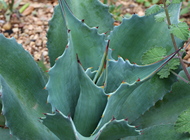 |
Oenothera macrocarpa |
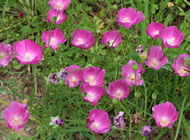 |
| Synonym(s) |
Oenothera missouriensis |
| Common name |
Missouri evening primrose |
| Family |
onagraceae |
| Life cycle |
perennial (Z3-7) |
| Flowers |
yellow (summer) |
| Size |
12" |
| Light |
sun |
| Cultural notes |
ordinary garden soil (drought-tolerant) |
From seed  |
germinate at room temperature
detailed seed-starting info below
|
Large yellow flowers each open for a day. The Kemper portrait linked below describes O. macrocarpa as a sprawling plant, which makes me believe ours is probably not quite the same thing: the ones growing in our garden grow strongly upright, with long slender leaves unlike those of most other evening primroses. The burgundy buds are quite ornamental in their own right.
Years after growing them in Pennsylvania, I acquired a new specimen in Texas, which was rather different in appearance (although still not 'sprawling') – see photos below.
|
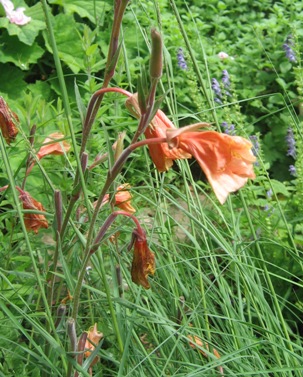
| | Even though the flowers last only a day in their yellow form, the spent flowers, reminding me of orange handkerchiefs, lend a touch of Dr Seuss sensibility |
|
|
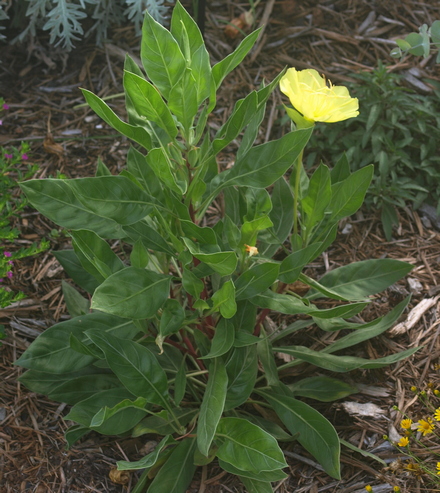
| | Texas |
| 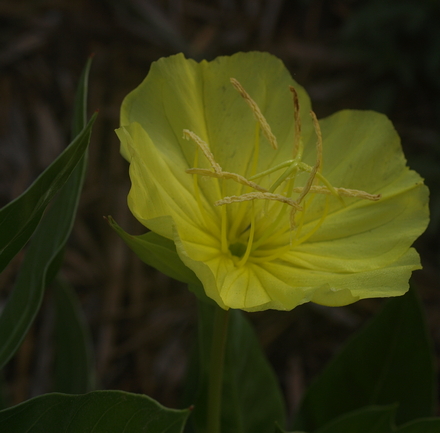
| | Texas |
|
In our garden, this plant grows in the following area: waterfall pondside About my plant portraits
PlantLinks to other web pages about Oenothera macrocarpa
Some particularly helpful links to other websites
Visitors to this page have left the following comments| Christa Stengel | Sep 18, 2009 | You are right: Oenothera macrocarpa syn. missouriensis has a prostrate growing habit; its flowers, larger than the ones depicted above, appearing on top of the trailing stems lie directly on the ground.
Also, there is a flashy aquatic member of the onagraceae family named Iussiaea grandiflora. Amazingly, this plant seems not to be contained in your selection of plants although it is a native of the south eastern United States. With its multitude of large bowl-shaped, though short-lived yellow flowers it is a real asset to the pond, an incessant late-summer bloomer. It forms long trails floating on the water surface; the flowers are produced on short, erect stems about 10-20 centimeters above the water. It is the kind of plants I like best for my garden in USDA zone 7a: having exotic looks, yet easy to grow (surviving even harsh winters with the pond completely frozen) but not commonly known, thus providing an exclusive sight.
Thanks for the recommendation, Christa. It looks like this is commonly classified as a species of Ludwigia; I'll put it on my list of plants to try. |
- Seed from '04 trade. Baggy 70F (45%G, 6-24d). Exposure to light after 24d did not increase germination.
I welcome comments about my web pages; feel free to use the form below to
leave feedback about this particular page. For the benefit of other visitors
to these pages, I will list any relevant comments you leave, and if
appropriate, I will update my page to correct mis-information. Faced with an
ever-increasing onslaught of spam, I'm forced to discard any comments including
html markups. Please submit your comment as plain text. If you have a
comment about the website as a whole, please leave it in my
guestbook. If you
have a question that needs a personal response, please
e-mail me.
Last modified:
March 24, 2019
Contact me
|










